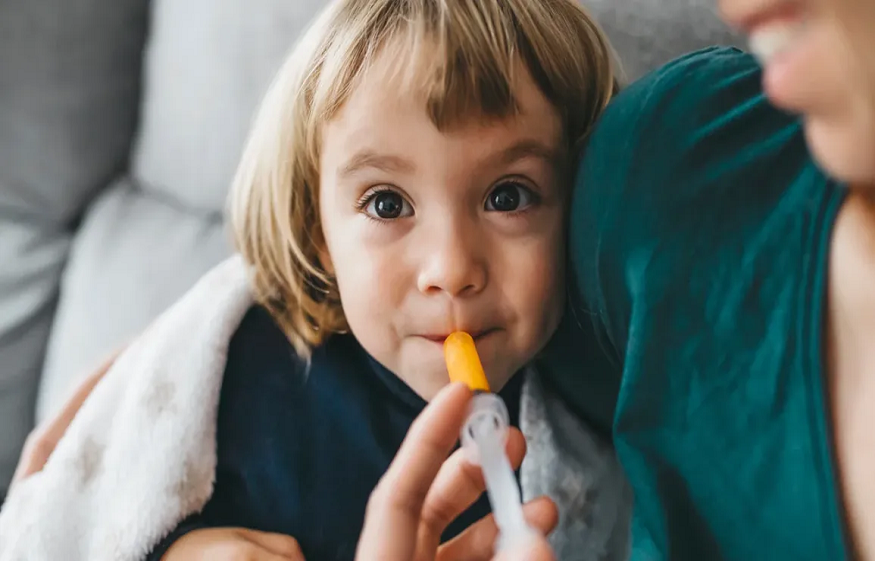
Benadryl Dosing for Kids: A Comprehensive Guide to Safe Usage
When it comes to managing allergies, insect bites, or other allergic reactions in children, Benadryl (generic name: diphenhydramine) is a commonly recommended over-the-counter medication. However, ensuring the appropriate dosage for children is crucial for their safety and well-being.
In this article, we will provide a comprehensive guide to Benadryl dosing for kids, including important considerations to keep in mind.
Let’s take a look at the Benadryl Dosing Chart
Understanding Benadryl
Benadryl is an antihistamine medication that helps alleviate symptoms such as itching, sneezing, runny nose, and watery eyes caused by allergies or insect bites. It works by blocking the effects of histamine, a chemical released during an allergic reaction.
Dosage Guidelines
When determining the correct Benadryl dosage for children, it is essential to consider their age, weight, and the specific symptoms they are experiencing. Always consult with a healthcare professional, such as a pediatrician, before administering any medication to your child. Below are some general guidelines for Benadryl dosing in children:
- Children aged 2 to 5 years:25 to 2.5 mL (1/2 to 1 teaspoon) of children’s liquid Benadryl every 4 to 6 hours, as needed.
- Children aged 6 to 11 years: 5 mL (1 teaspoon) of children’s liquid Benadryl every 4 to 6 hours, as needed.
- Children aged 12 years and older: Follow the adult dosing instructions on the packaging or as directed by a healthcare professional.
Remember, these are general guidelines, and individual circumstances may vary. Always consult the appropriate healthcare professional for personalized dosing recommendations.
Weight-Based Dosing:
In some cases, weight-based dosing may be recommended, especially for younger children. This approach ensures that the dosage is accurately tailored to a child’s specific weight, reducing the risk of under or overdosing. Again, consult a healthcare professional to determine the appropriate dosage for your child based on their weight.
Important Considerations:
When administering Benadryl to children, it is crucial to keep the following considerations in mind:
1. Read the label: Carefully read the instructions and warnings on the packaging of any Benadryl product before giving it to your child. Pay close attention to the active ingredients, dosing instructions, and any age restrictions.
2. Avoid combination products: Many over-the-counter medications contain a combination of ingredients to treat multiple symptoms. Be cautious when using these products, as they may contain additional active ingredients that can interact with Benadryl or cause unwanted side effects.
3. Use a measuring device: Always use a calibrated measuring device, such as an oral syringe or a medicine cup, to ensure accurate dosing. Avoid using household spoons, as they can vary in size and may lead to incorrect dosing.
4. Side effects and allergies: Be aware of potential side effects such as drowsiness or excitability. If your child experiences an allergic reaction or severe side effects, seek immediate medical attention.
5. Follow up with a healthcare professional: If your child’s symptoms persist or worsen, consult a healthcare professional for further evaluation and guidance.
Conclusion
Administering Benadryl to children can provide much-needed relief from allergies and allergic reactions. However, it is crucial to follow proper dosing guidelines and consult a healthcare professional to ensure your child’s safety.


